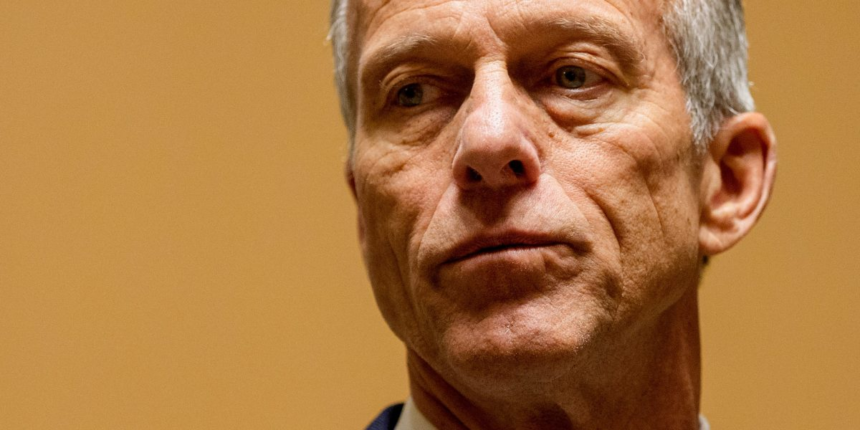The longest federal government shutdown in U.S. history appears to be nearing an end, but not without leaving a mark on an already-struggling economy.
Most of the lost economic activity will be recovered when the government reopens, as federal workers will receive back pay. But some canceled flights won’t be retaken, missed restaurant meals won’t be made up, and some postponed purchases will end up not happening at all.
About 650,000 federal workers didn’t work during the shutdown, which will likely boost the unemployment rate by about 0.4 percentage points in October, or to 4.7% from 4.3% in August, when the last report was released. Those workers would all then be counted as employed once the government reopens.
Here are the ways the government closure is weighing on the economy:
All told, federal workers will have missed about $16 billion in wages by mid-November, the CBO estimates. That has meant less spending at stores, restaurants, and likely reduced holiday travel. Large purchases will probably be postponed, slowing the broader economy.
Trump had threatened during the shutdown to not provide back pay but the deal struck in Congress would replace those lost wages once the government reopens.
Federal workers make up about 5.5% of Maryland’s workforce, according to the Bipartisan Policy Center. But they also comprise 2.9% of New Mexico’s workers, 2.6% of Oklahoma’s, and 3.8% of Alaska’s.
Then there are the federal contractors. Bernard Yaros, an economist at Oxford Economics, estimates they could total as many as 5.2 million, and they are not guaranteed back pay once the shutdown ends.
Airlines scrapped more than 2,000 flights by Monday evening after canceling 5,500 since Friday on orders from the Federal Aviation Administration, which is seeking to reduce the burden on overworked air traffic controllers, who have now missed two paychecks.
Even before the flight cancellations, Tourism Economics, an economic consulting firm, estimated that the shutdown would reduce travel spending by $63 million a day, which means a six-week standoff would cost the travel industry $2.6 billion.
The canceled flights also mean less business for hotels, restaurants, and taxi drivers. And federal employees have already pulled the plug on upcoming trips, according to Tourism Economics, which may not be able to be rescheduled even when the government does reopen.
The shutdown has worsened Americans’ outlook on the broader economy. Declining consumer sentiment can over time reduce spending and slow growth, though in recent years Americans have kept shopping even when their outlooks turned grim.
The November survey showed the index of consumer sentiment at 50.4, down a startling 6.2% from last month and a plunge of nearly 30% from a year ago.
While the shutdown hasn’t cut off all federal government spending, it has reduced purchases of equipment and has cut off the issuance of new contracts.
Yaros estimates that about $800 million in new contracts were at risk of not being awarded each day of the shutdown.
“The federal award spigot has all but turned off at the Department of Defense, NASA, and the Department of Homeland Security,” Yaros wrote.
The deal currently under consideration in Congress to reopen the government includes full funding of SNAP benefits.
Powell said a rate cut in December was not a “foregone conclusion” and added that the lack of data could contribute to a decision by the Fed to skip a rate cut at its next meeting December 9-10. Fewer rate cuts could discourage borrowing and spending and weigh on the economy in the coming months.









